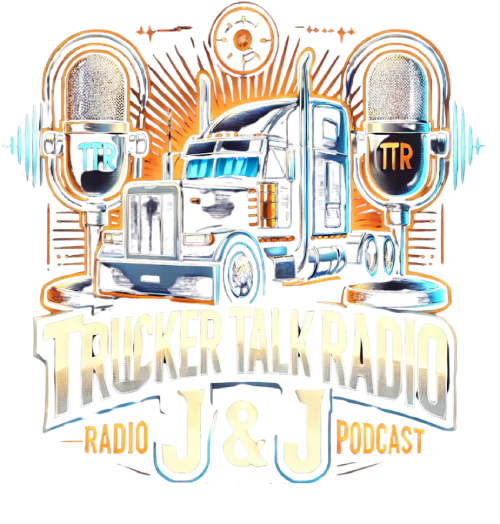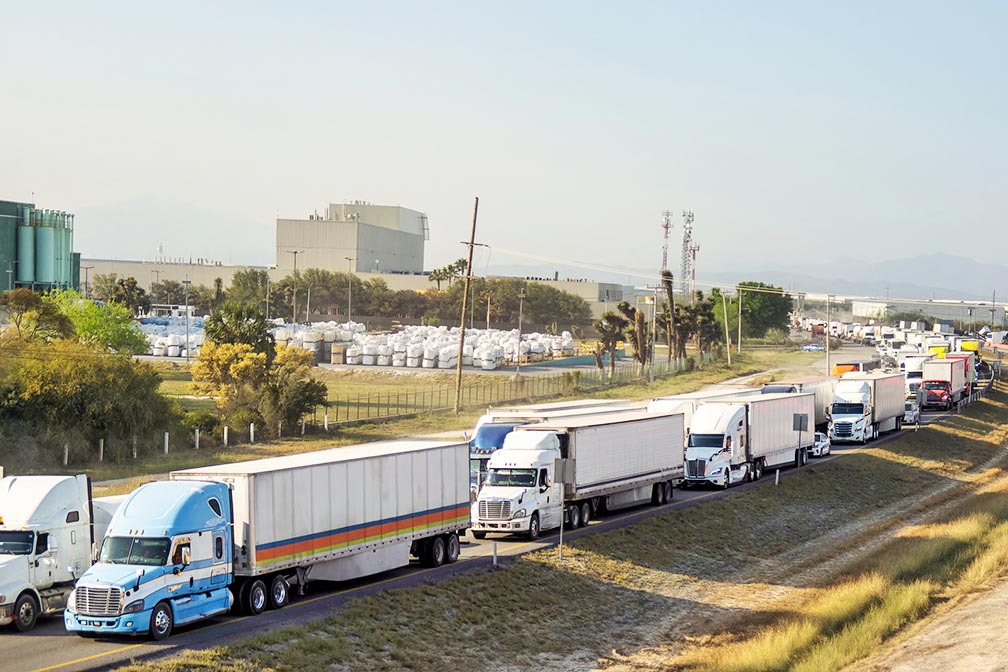New Emissions Standards for Heavy-Duty Vehicles Announced by EPA
On March 29, the U.S. Environmental Protection Agency (EPA) unveiled stringent emissions regulations aimed at heavy-duty trucks, buses, and other large vehicles. Officials assert that these new regulations are a significant step towards mitigating emissions from some of the largest contributors to greenhouse gases in the country.
Projected Environmental and Public Health Benefits
The EPA anticipates that these new rules, which will apply to vehicles manufactured between 2027 and 2032, will prevent up to 1 billion tons of greenhouse gas emissions over the following 30 years and yield a net benefit of $13 billion in terms of reduced hospital visits, fewer missed workdays, and decreased mortality rates. Approximately 72 million Americans living near truck freight routes, who currently endure substantial air pollution, will particularly benefit from these changes, according to the EPA.
Complex Regulations and Industry Concerns
The regulations on heavy-duty trucks and buses follow the recent announcement of new automobile emission standards for passenger vehicles. However, the trucking industry has reacted negatively, stating that the targets set in these new standards are unfeasible given existing electric vehicle technology and the inadequate charging infrastructure. Stakeholders express concerns about the lack of electric vehicle charging stations and the limitations of the current power grid to support the transition.
Industry Pushback on Electrification Costs
Organizations like NATSO, which represents travel plazas and truck stops, along with SIGMA: America’s Leading Fuel Marketers, argue that the new EPA regulations do not address the challenges faced by fuel retailers in transitioning to electrification. They also highlight the necessity of supporting commercially viable lower-carbon alternatives to diesel, such as biodiesel and renewable diesel, which they believe should be part of the solution.
Criticism from Trucking Industry Associations
Critics, including the American Trucking Associations, contend that the post-2030 emission targets set in the new standards are unattainable based on the current state of zero-emission technology. They argue that the regulations fail to consider the diverse operational requirements of the trucking sector, leading to potential disruptions in the supply chain. Lawmakers have been urged to consider a more balanced approach that embraces various technologies to navigate towards zero emissions.
EPA’s Commitment to Sustainable Growth
EPA Administrator Michael Regan emphasized the importance of heavy-duty vehicles in maintaining national supply chains and conveyed optimism about the new standards setting the industry on a path of sustainable growth. He assured that truck owners would have several powertrain options available, combining environmental goals with practical choices for operators. Moreover, he noted that these new regulations could result in significant cost savings for truck operators over time.
Concerns Over Older Diesel Trucks Persist
Despite the EPA’s objectives, many stakeholders in the trucking industry remain skeptical, predicting that smaller independent operators will likely retain older diesel trucks, which may conflict with the EPA’s emissions reduction aspirations. As the industry grapples with the transition to cleaner technologies, the conversation around lower-carbon alternatives continues to be critical for achieving both environmental and economic goals.


